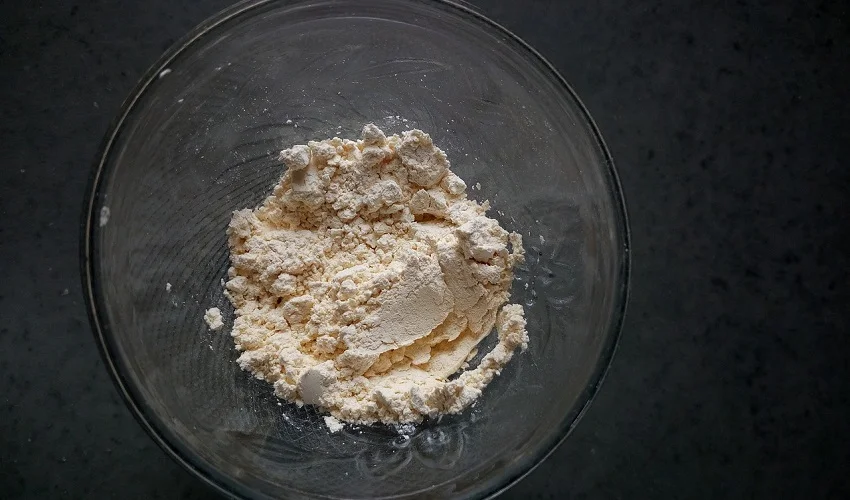Nutrition and physical activity are important parts of a healthy lifestyle when you have diabetes. Along with other benefits, following a healthy meal plan and being active can help you keep your blood glucose level, also called blood sugar, in your target range. To manage your blood glucose, you need to balance what you eat and drink with physical activity and diabetes medicine, if you take any. You can also use a Diabetes Risk Calculator to better understand your risk and take proactive steps. What you choose to eat, how much you eat, and when you eat are all important in keeping your blood glucose level in the range that your healthcare team recommends.
Becoming more active and making changes in what you eat and drink can seem challenging at first. You may find it easier to start with small changes, such as using a Weight Loss Calculator to track your progress, and get help from your family, friends, and healthcare team.




